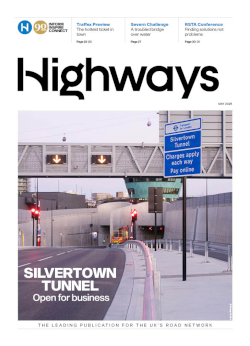The UK Director of modelling firm PTV Group has told SMART Highways Jaguar Land Rover’s decision to invest hundreds of millions of pounds in building electric cars makes a planning project on charging infrastructure even more important.
Devrim Kara says the Ofgem-funded Charge Project, which models transport and the electricity network together to generate a heat map of where the pressure points will be and charge points are required, is “vital to make sure vehicles can be charged where and when they need to” in the future.
The £8.5 million four year Charge project in Northwest England and North Wales is led by SP Energy Networks with EA Technology, PTV Group and Smarter Grid Solutions. PTV announced its involvement at Traffex in April. Charge uses PTV’s transport planning software Visum to map driver behaviour and journey routes to help understand how the electricity network copes with demand to define the needs of future and to give drivers greater confidence that they can transition away from traditionally-fuelled vehicles.
“Electric vehicles are the future,” explained Kara, “But we can’t just cross our fingers and hope that the infrastructure can match the demand of drivers as the technology becomes more prevalent. This project is giving us the blueprint for an informed, considered rollout to deliver a charging network that maximises availability whilst minimising cost.
“PTV’s transport modelling solutions such as Vissim and Visum have long been used to help micro and macro transport planning but this is a unique project because it is used with one particular type of vehicle in mind and future-proof our network.”
Jaguar Land Rover’s investment in electrified versions of their vehicles was hailed last week as a major breakthrough for the technology, although its CEO called on the Government to do more to provide electric charging points. Kara told SMART Highways that the Charge project is “one step in the right direction” to delivering that call.





